Acquired, Not Purchased: a discussion on all things vintage – layering, patina, and finding the unexpected.
Our most important litmus test: it must fit in, but never stand out.
While we love a little schmanse here and there, each piece in every space we design must have a story or a patina, whether literal or metaphorical. A sense that it was acquired, not purchased. Pieces that inspire curiosity, yet signal a sense of belonging. - Golden Light: The Interior Design of Nickey Kehoe
In an era of instant gratification and mass production, there’s something quietly radical about taking the time to seek out objects with history — pieces that were not simply bought but discovered, considered, and placed with intention. For us, this philosophy is at the heart of our work. Our interiors reflect a belief that beauty isn’t just about aesthetics, but about narrative. The same approach extends to our shops where vintage furniture, artwork, and collected objects invite curiosity and connection.
Pictured above: Delft plates decorate a wall covered in Gracie wallpaper above vintage Swedish demilune tables in the formal dining room of our Hancock Park project. Photographed by Roger Davies.
IN CONVERSATION WITH TODD & AMY
Your work is often described as having a “collected” feel. How do you balance curation with spontaneity when sourcing for both your projects and the shop?
Todd: Some pieces, like the sofa or cabinetry, need to be planned but we always leave space for spontaneity. We’re constantly pulling inspiration from flea markets, trips to Europe, and 1stDibs. Sometimes we’ll come across a fabric, table, or lamp that speaks to us, and that one piece ends up shaping the whole room. A solid foundation gives us the freedom to layer in those unexpected finds.
Amy: We probably leave about 30% of a project open for the unknown. Once the big elements are in, paint, lighting, upholstery, the space starts talking back to us. It might need something surprising — a new texture, an unexpected contrast. That final layer is what makes a space feel alive.
How do you define the difference between an object that has been “acquired” versus simply “purchased?” Is it about the hunt, the history, or something less tangible?
Amy: Some projects move fast, and there’s a practical side to things — we call it "heads in beds." You need to sleep and eat, thus beds, nightstands, bedside lamps, drapery, etc. are prioritized. Those are planned purchases, and there's such an art and a discovery to that.
Todd: The purchased pieces are structured but the acquired is what happens organically. The purchased set the stage; the acquired leaves room for the dazzle, the schmanse.
Amy: Exactly. It’s not that planned pieces aren’t beautiful, but acquired pieces link the story. They’re what make a home feel truly personal.
Pictured above: a collection of vintage furnishings curated by Nickey Kehoe. Photographed by Roman Tyukayev.
Many people feel drawn to vintage but aren’t sure where to start. What advice would you give someone looking to bring meaningful, storied pieces into their home?
Amy: If you’re new to vintage, start by going to flea markets. Go often. See a lot. Train your eye. Pinterest and online shopping are great, but nothing beats actually picking something up, dusting it off, and seeing how it speaks to you. I think some of that intimidation might roll off by putting yourself in the merchandise, in the environment and letting it click, letting yourself be excited about something.
Todd: I told a client once that instead of buying a new soap dish, I'd find a vintage bowl at a flea market or Etsy. It was the one thing we hadn’t placed after we finished their powder room. Months later, when I visited their home, she said the little Delft bowl became the most interesting piece in their bathroom. It's that simple. It's about finding those special moments to have something that you connect with, like a soap dish — something that you, or a guest, use every day that feels special and not off the rack, if you will.
Pictured above: A vintage vessel, candlestick holders from Campo de Fiori & reflected paintings by Old Jack adorn the mantle in our NYC shop. Photographed by Kate Jordan.
You’ve sourced furniture and objects from all over the world. Is there a particular find that stands out as especially memorable?
Todd: We’ve sourced so many special things over the years but every now and then, there’s a piece we regret letting go. I bought a framed pair of men's shirt cuffs from John Derian years ago that have the sweetest dogs embroidered on them. They’ve hung in several homes now and they feel like part of the family — to this day they are still the best conversation starters!
Amy: I just moved some art around in my bathroom and found myself telling stories about each piece. One of my favorites is a tiny graphite paper cutout we found in Paris. There was a pair, and Todd and I each took one. They’re so sophisticated and witty, with all these beautiful details — it’s amazing someone took the time to create them.
Todd: That’s what makes collecting so special. Every piece is a memory, a moment in time. Whether you’ve found something in Greece or Schenectady, the pieces you find are mementos that go beyond the magnet on the fridge, they are little reminders of the life we have lived.
Patina is such an essential part of your philosophy. Can you talk a bit more about how you embrace imperfection?
Amy: Patina and history are central to how we source vintage. With our Collection, we reference classic forms that have stood the test of time. From there, we begin to dissect the form and ask ourselves what a new iteration is — we’ll tweak proportions, add details, enhance comfort through scale, etc.
Todd: We always make sure to include a few pieces that have some wear. They help accelerate the process of a room feeling lived in — it takes away the pressure of perfection and makes a space feel welcoming.
Amy: I look at the divots on my wood countertops with pride. They signal the use of space and lived-in spirit. Of course, when we renovate a project there’s a place for pristine elements like new marble counters, but it’s all about balance.
Todd: We’re careful not to over-restore vintage pieces. Sometimes the wear is what makes something special. If you strip that away, you risk losing its history!
Pictured above: The living room of Todd and Greg’s Pasadena home. Photographed by Amy Neunsinger.
For those looking to create a home that feels lived-in and layered over time, what are some guiding principles they can follow?
Amy: Patience is key to that, not filling the space until you find the piece, color, etc. that the room tells you it wants. I do feel that the walls speak. The key is to not be too precious about your space — love it, but let it evolve naturally.
Todd: I think that's great advice. Adding to that, I feel taking the liberty to move pieces around until they find they’re “right light” can change the way we view our collection of furniture and art. Building those vignettes of layers is easier when a foundation piece is in its right spot.

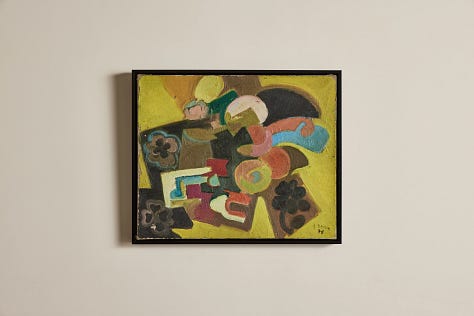

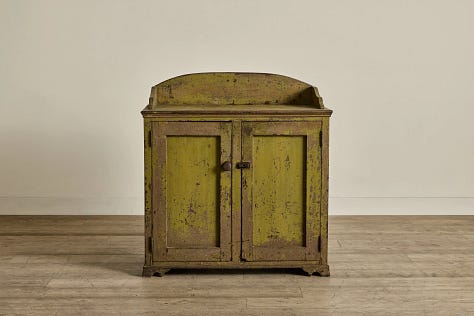

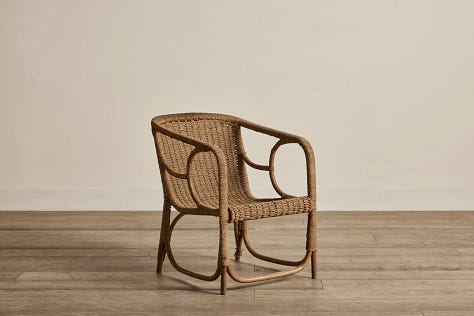

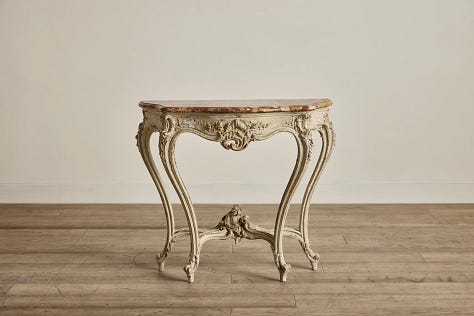
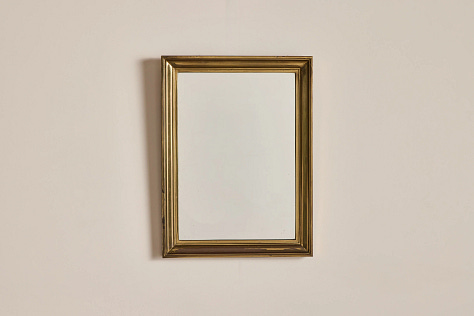


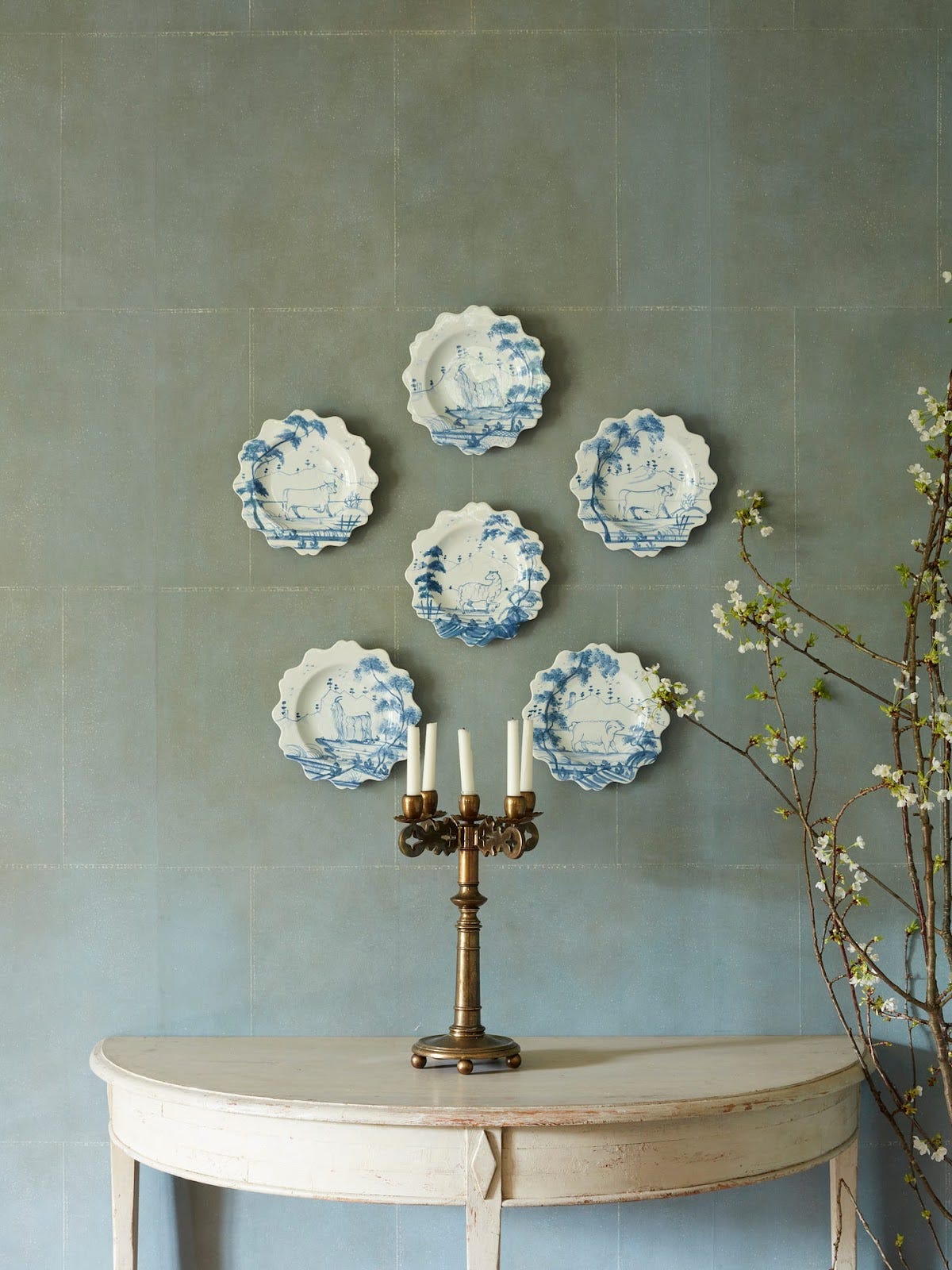
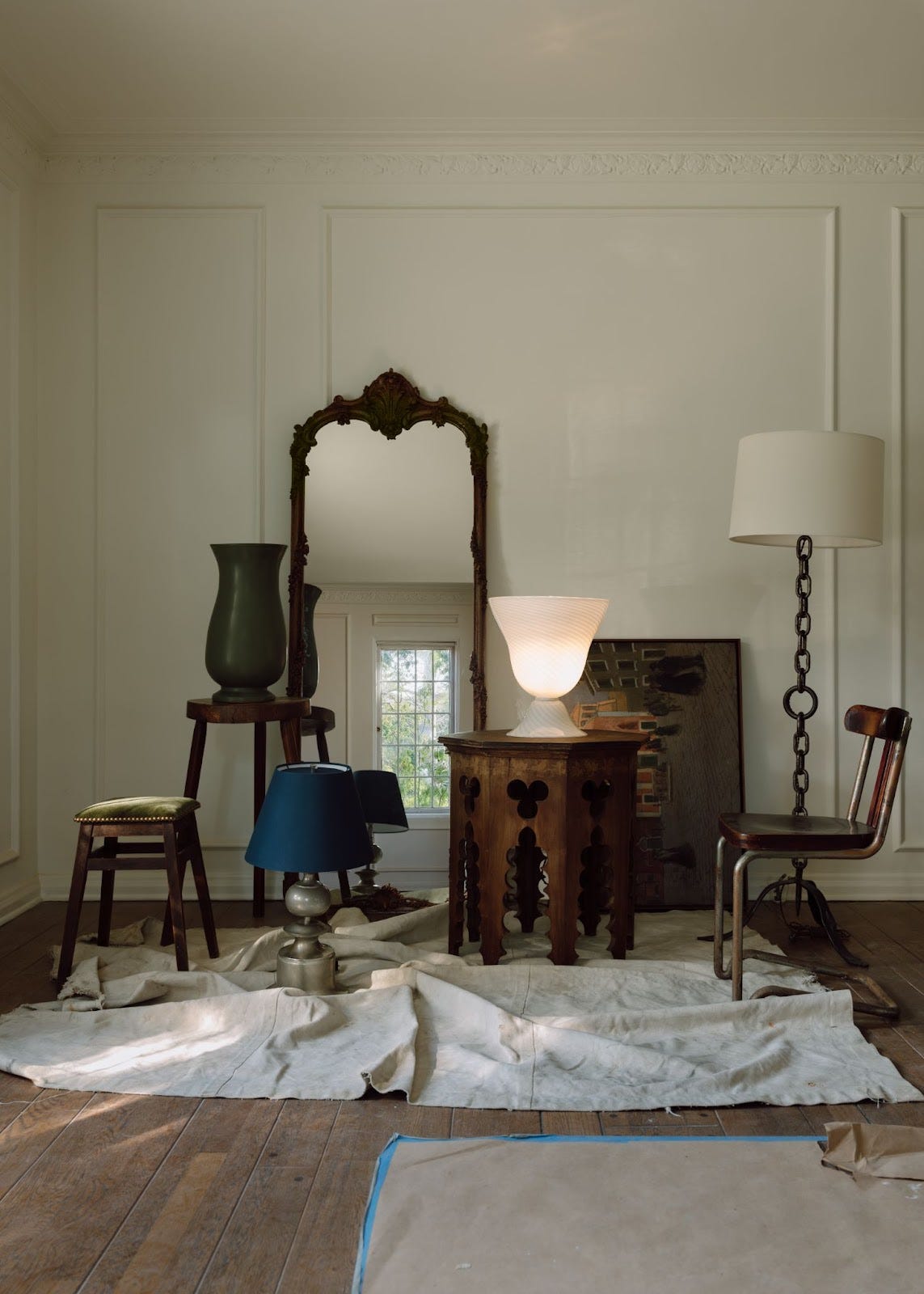
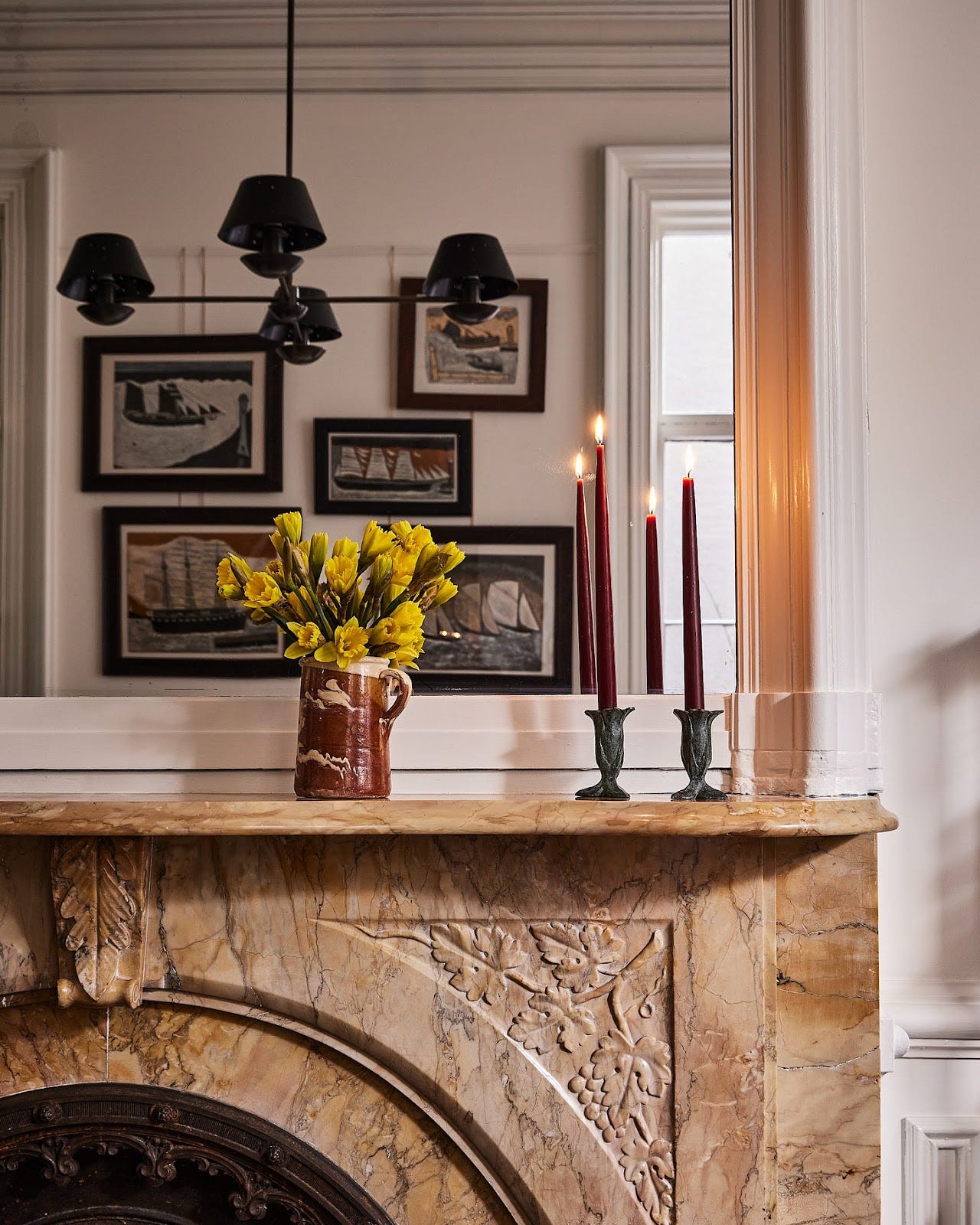

I love this and everything you do.
Those delft plates are so gorgeous. A great read!